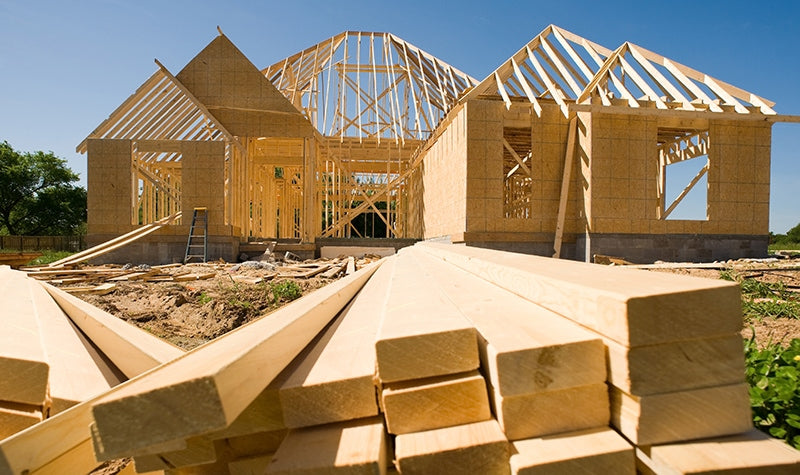
Building a Custom Home: Steps and Considerations
Building a custom home is a dream come true for many, but it requires careful planning and decision-making. Here’s a guide to help you through the process:
Step 1: Define Your Vision
Before you start, have a clear vision of what you want. Consider your lifestyle, family needs, and design preferences. This includes the number of rooms, layout, and special features.
Considerations:
- Lifestyle Needs: Think about daily activities and how your space will accommodate them.
- Future Needs: Plan for potential changes, like growing family or aging in place.
- Aesthetic Preferences: Decide on a style that reflects your taste.
Step 2: Set a Budget
Establishing a realistic budget is essential. Include costs for land, construction, permits, design fees, and a contingency fund.
Considerations:
- Financing: Explore mortgage options and construction loans.
- Prioritize Features: Determine must-haves and what can be added later.
- Contingency Fund: Allocate 10-15% of your budget for unexpected expenses.
Step 3: Assemble Your Team
You’ll need a team of professionals, starting with an architect or designer and a reputable builder or general contractor.
Considerations:
- Research: Look for professionals with good reviews and ask for recommendations.
- Compatibility: Ensure your team understands your vision and works well together.
- Contracts: Clearly outline the scope of work, timelines, and payment schedules.
Step 4: Choose the Right Location
Select a location that meets your needs for work, schools, and amenities.
Considerations:
- Land Features: Evaluate topography, soil quality, and potential challenges.
- Community: Research neighborhood safety, school quality, and future development.
- Utilities and Zoning: Ensure access to utilities and check zoning regulations.
Step 5: Design Your Home
Work with your architect to create detailed plans and blueprints, making decisions about layout, room sizes, window placements, and exterior finishes.
Considerations:
- Functionality: Ensure the layout meets your practical needs.
- Aesthetics: Choose materials, colors, and finishes that reflect your style.
- Sustainability: Consider energy-efficient designs and materials.
Step 6: Obtain Permits and Approvals
Before construction begins, obtain necessary permits and approvals from local authorities.
Considerations:
- Regulations: Familiarize yourself with local building codes.
- Timelines: Allow time for the permitting process.
- Professional Assistance: Your builder can assist with permits.
Step 7: Begin Construction
With permits in hand, construction can start. This includes site preparation, foundation work, framing, and installing systems like plumbing and electrical.
Considerations:
- Communication: Keep in touch with your builder to stay updated.
- Quality Control: Monitor the construction to ensure it meets standards.
- Flexibility: Be prepared to make adjustments as needed.
Step 8: Final Inspections and Move-In
After construction, conduct final inspections to ensure everything meets quality standards. Once approved, it’s time to move in!
Considerations:
- Punch List: Address any remaining tasks or touch-ups.
- Warranties: Ensure you have warranties for work done.
- Celebration: Plan a housewarming to celebrate your new home!
Building a custom home is a significant project, but with careful planning and the right team, it can be a smooth and rewarding experience. Enjoy the journey of creating a home that’s uniquely yours!
